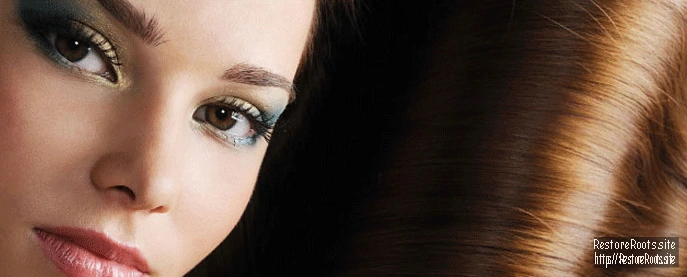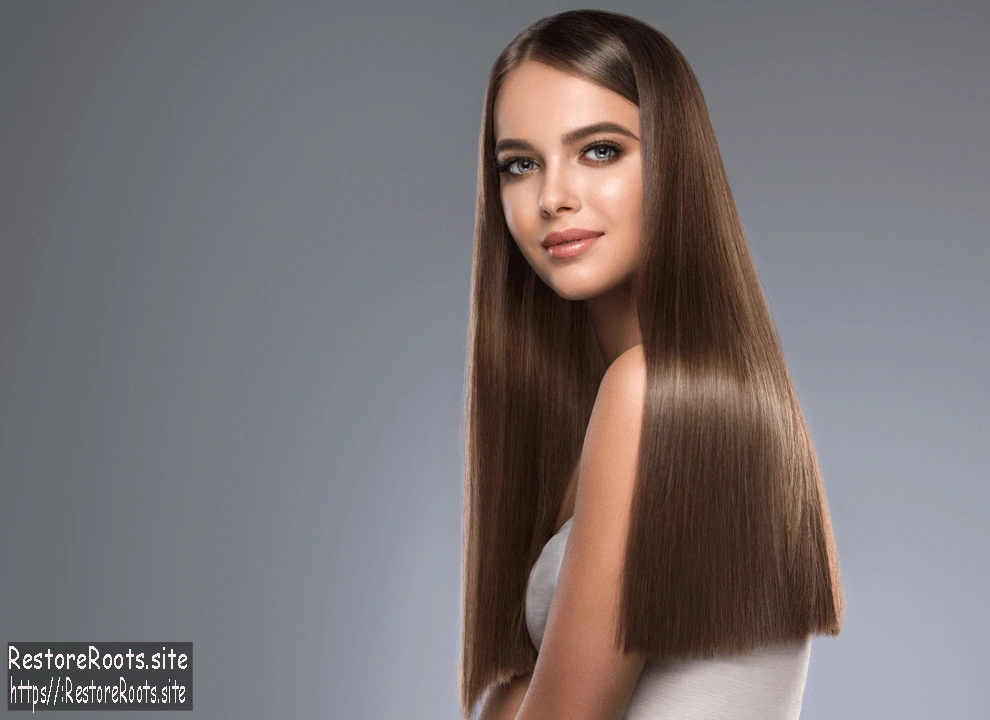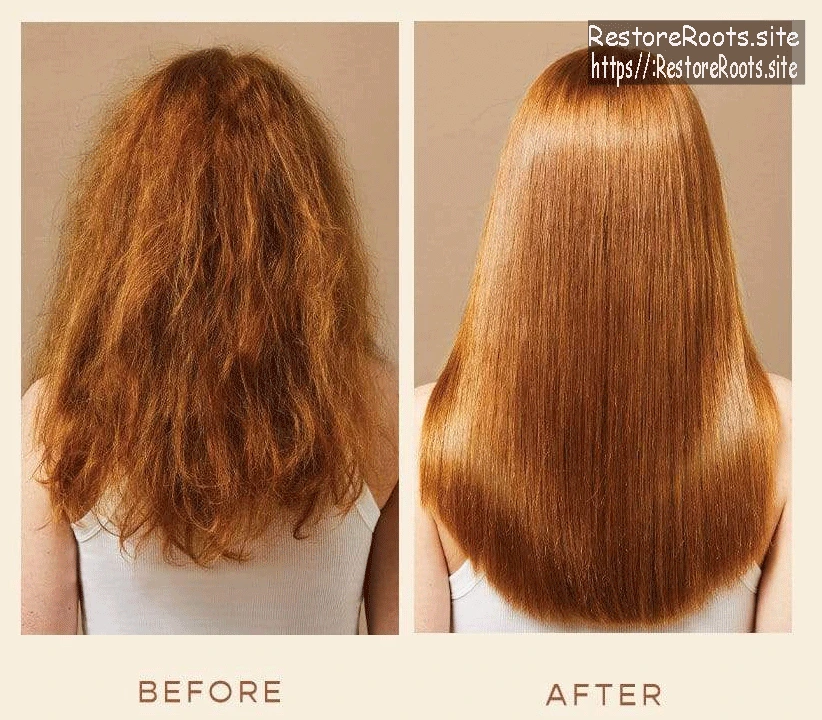Unlocking the Mysteries of Chemical Relaxers: Decoding the Chemistry Behind Hair Texture Transformation

Chemical relaxers have long been a staple in the world of haircare, offering a transformative effect on hair texture. Delving into the scientific intricacies of these products unveils a fascinating journey of chemical reactions and structural changes. In this comprehensive exploration, we will unravel the chemistry behind how chemical relaxers transform hair texture, shedding light on the key components and processes involved.
Understanding the Essence of Chemical Relaxers and Hair Transformation
Chemical relaxers, as the name suggests, alter the natural structure of hair, providing a smoother and more manageable texture. To comprehend this transformation, we must first grasp the core elements at play. Exploring the keyword “chemical relaxers” sets the stage for a deeper understanding of the substances responsible for this remarkable metamorphosis.

The Key Components of Chemical Relaxers
In the realm of chemical relaxers, the primary actors are alkaline substances and keratin bonds. These relaxers typically contain sodium hydroxide, guanidine hydroxide, or ammonium thioglycolate. Understanding the interaction between these components and the hair’s keratin structure is crucial to deciphering the mechanism behind the texture change.
The Alkaline Effect on Hair Texture
Alkaline substances play a pivotal role in the hair relaxing process. Sodium hydroxide, for instance, has a high pH that disrupts the protein structure of keratin in the hair shaft. This disruption weakens the bonds, making the hair more pliable and susceptible to restructuring.
Keratin Bonds: The Architectural Blueprint of Hair
Keratin, a fibrous structural protein, is the building block of hair. Understanding its bonds is akin to deciphering the architectural blueprint of hair. The interaction between keratin bonds and chemical relaxers is the crux of the transformation, as the relaxers work to break and rearrange these bonds.

Breaking Down the Chemistry of Hair Restructuring
Breaking the process into key points unveils a structured approach:
- Preparation: The hair is coated with a protective substance to shield the scalp and previously relaxed hair.
- Application: The relaxer is applied, targeting the hair’s natural curls and waves.
- Penetration: Alkaline substances penetrate the hair shaft, initiating the disruption of keratin bonds.
- Rinsing: The relaxer is thoroughly rinsed to halt the chemical reaction and prevent damage.
Ensuring Safe Application and Results
While the transformative effects of chemical relaxers are undeniable, it is crucial to address safety concerns. Responsible application and adherence to recommended guidelines minimize the risk of damage and ensure optimal results.
The Evolution of Chemical Relaxers and Modern Alternatives
The world of haircare is dynamic, with continuous advancements in product formulations. Exploring modern alternatives and the evolution of chemical relaxers provides insights into the choices available to individuals seeking to transform their hair texture.
Embracing Diversity in Hair Textures
It’s essential to embrace the natural diversity of hair textures. While chemical relaxers offer a transformative experience, celebrating and nurturing the unique beauty of various hair types is a testament to the richness of individuality.

Conclusion – Decoding the Alchemy of Hair Texture Transformation
In conclusion, the journey into the chemistry of chemical relaxers unravels a fascinating tale of transformation. From the alkaline effects to the intricate dance with keratin bonds, each step contributes to the alchemy that reshapes hair texture. As we navigate the realm of haircare, let’s appreciate the science behind the beauty and celebrate the diverse tapestry of hair textures that define our uniqueness.



